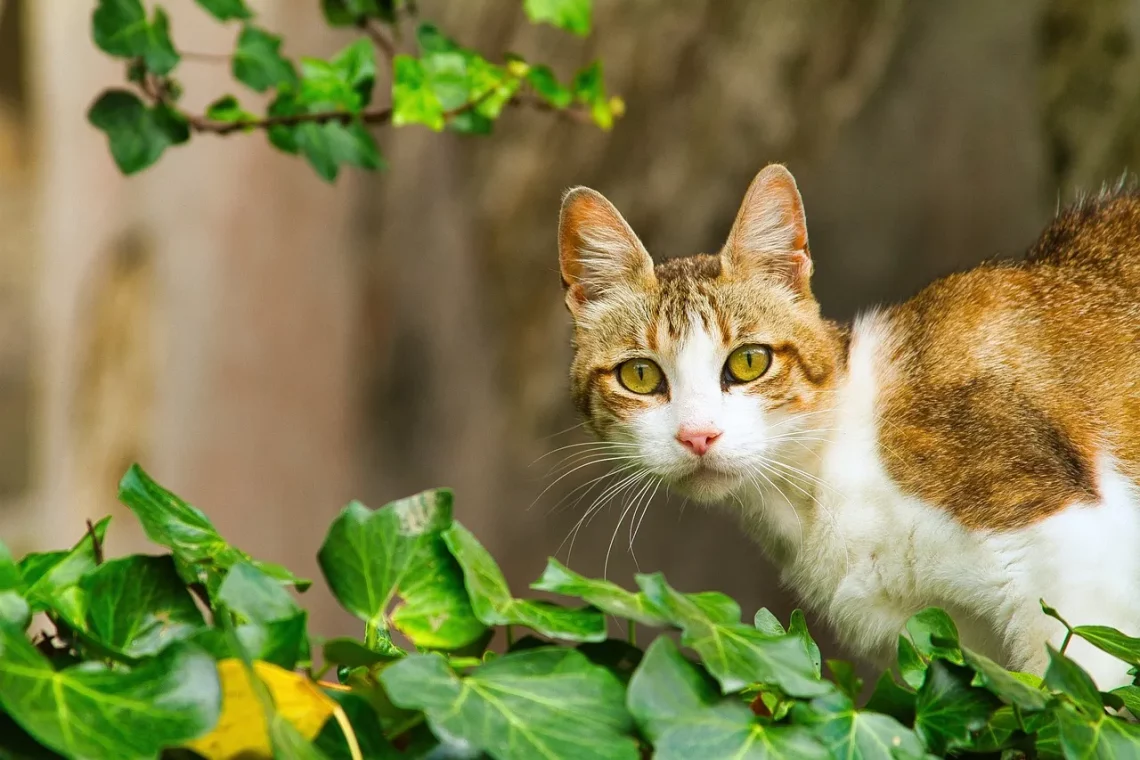
The Ultimate Guide to Potty Training Your Cats Effectively
Training your cat to use the toilet can seem like a daunting task, but with the right approach, it can be an incredibly rewarding experience for both you and your feline friend. Unlike dogs, cats are naturally inclined to bury their waste, making them more adaptable to a litter-free lifestyle. The key is to understand their behavior and to introduce them to the process gradually.
Many cat owners are drawn to the idea of toilet training due to the convenience it offers. No more litter boxes to clean, no more litter tracking across your floors, and a reduced odor in your home are just a few of the benefits. Moreover, toilet training can save you money in the long run, as you won’t need to buy litter consistently.
However, patience and consistency are crucial throughout the process. Every cat is unique, and what works for one may not work for another. It’s essential to monitor your cat’s behavior and be prepared to adapt your methods as needed. As you embark on this journey, keep in mind that the ultimate goal is to create a stress-free environment for your cat while establishing a new routine.
Understanding Your Cat’s Behavior
Before diving into the toilet training process, it’s vital to understand your cat’s natural instincts and behaviors. Cats are creatures of habit, and their instinct to bury their waste stems from their evolutionary background. In the wild, covering their waste helps cats avoid detection by predators. This instinctual behavior is the foundation upon which toilet training can be built.
Understanding your cat’s body language is also crucial. Observe when and where your cat prefers to eliminate. Signs that your cat needs to go include sniffing around, scratching at the ground, or becoming restless. Recognizing these signs can help you guide them to the toilet at the appropriate times.
Another important aspect is your cat’s temperament. Some cats are more adventurous and adaptable, while others are more cautious. If your cat is particularly skittish or resistant to change, you may need to approach training more gradually. Create a safe and positive environment where they feel secure. Using treats and positive reinforcement can significantly enhance your cat’s willingness to embrace the new routine.
Additionally, consider the age and health of your cat. Kittens tend to adapt more quickly to new training methods, while older cats may require more time and patience. Always ensure that your cat is in good health before starting the training process, as any underlying health issues can affect their litter habits. If you have concerns about your cat’s health, consult a veterinarian for guidance.
Preparing for the Training Process
Preparation is key to successful potty training. Start by gathering the necessary supplies and creating a conducive environment for your cat. You will need a toilet training kit, which typically includes a training seat that fits over the toilet and a series of trays to gradually reduce the amount of litter used.
Choose the right toilet. The height and design of your toilet can impact your cat’s comfort level. Ensure that your cat can easily jump onto the seat without any difficulty. If your toilet is too high, consider using a small stool or a step to help your cat reach it safely.
Before introducing your cat to the toilet, start by placing their litter box in the bathroom. This helps them associate the bathroom with their elimination needs. Gradually raise the litter box closer to the height of the toilet over a few days. You can use sturdy boxes or stackable containers to achieve the desired height.
Once your cat is comfortable using the litter box in the bathroom, it’s time to introduce the training seat. Place the training seat over the toilet and fill it with a small amount of litter. Gradually reduce the litter over time according to the instructions provided with your training kit. This step is crucial for helping your cat adjust to the new environment.
During this phase, it’s essential to maintain a consistent routine. Cats thrive on predictability, so try to keep feeding and playtime on a schedule. This consistency will help your cat feel secure and understand when it’s time to use the toilet.
Gradual Transition Techniques
Transitioning your cat from using a litter box to the toilet involves a series of gradual steps. Start by allowing your cat to use the litter box on the training seat for a few days. Observe their behavior and provide encouragement when they use it correctly. Positive reinforcement, such as treats or praise, can motivate your cat to embrace the change.
Once your cat is comfortable using the litter box on the training seat, it’s time to remove the litter gradually. Start by reducing the amount of litter you use each day. This step helps your cat get used to the idea of using the toilet without the comfort of litter. Be patient during this process; some cats may take longer to adapt than others.
Next, you can begin to introduce the training tray that comes with your kit. This tray is typically designed to be placed directly on the toilet seat. It often has a small hole in the center, which allows your cat to learn to balance and aim. Start with a tray that has a small hole and gradually increase the size as your cat becomes more confident.
During this transition, monitor your cat’s behavior closely. If they seem hesitant or are having accidents outside the toilet, it may be a sign that they need more time to adjust. Be prepared to go back a step if necessary. Consistency is key, and rushing the process can lead to setbacks.
Finally, once your cat is consistently using the toilet with the training tray, you can phase out the tray altogether. At this point, your cat should be accustomed to using the toilet without any additional support. Celebrate this achievement with lots of praise and rewards!
Common Challenges and Solutions
While toilet training can be a rewarding experience, it does come with its challenges. Understanding these potential roadblocks can help you navigate the process more effectively. One common issue is reluctance to use the toilet. If your cat refuses to jump onto the toilet, consider revisiting the height of the seat or the training process.
Another challenge is accidents outside the toilet. If this happens, it’s crucial to stay calm and avoid punishing your cat. Instead, analyze the situation to determine if there are any underlying issues, such as stress or health problems. Always ensure that your cat feels safe and secure in their environment.
Sometimes, cats may revert to their old habits after a period of successful toilet training. Changes in routine, new pets, or stressful situations can trigger this behavior. If this occurs, try to identify the stressor and address it. It may also help to return to a previous step in the training process to rebuild confidence.
Health issues can also play a role in your cat’s toilet habits. If your cat displays signs of discomfort, such as straining to eliminate or frequent trips to the toilet without producing waste, consult a veterinarian. It’s essential to rule out any medical conditions that could be affecting their behavior.
Ultimately, patience and understanding are your best tools in overcoming these challenges. Every cat is different, so be prepared to adjust your approach as needed. With a little perseverance, you can successfully guide your cat through the toilet training process.
In conclusion, remember that this article is not a substitute for professional veterinary advice. If you have any concerns about your cat’s health or behavior, always consult a veterinarian.




